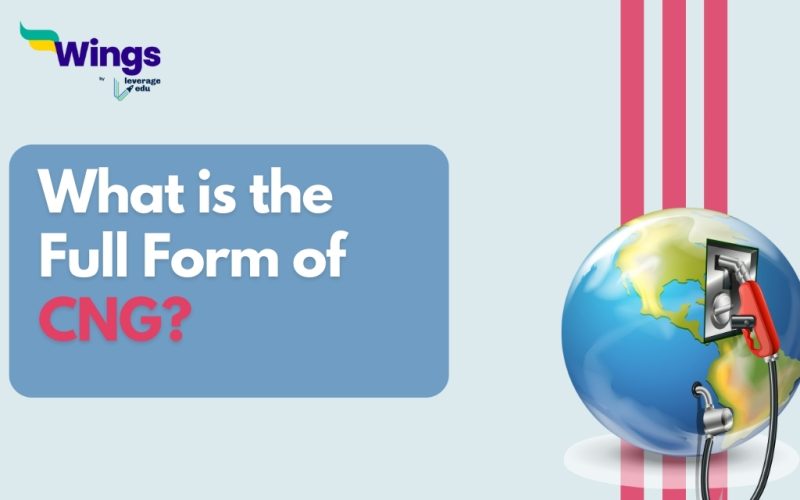The full form of CNG is Compressed Natural Gas. It is a fuel that is used as a substitute for petrol, diesel, and LPG. This is because the burning of CNG releases less toxic gases than other fuels. Moreover, since CNG is lighter to air, it scatters at a faster rate and also reduces the overall risk involved during a leak. This full form of CNG is only applicable in certain fields. In this blog, you will read more details including the full form of CNG in Medical.
History of the CNG Gas
Table of Contents [show]
Let us take a look at the overview of the history of the CNG gas:
- Models of the late 1800s promoted and implemented the use of natural gas as a fuel for automobiles.
- Subsequently, the very first natural gas engine was manufactured in the US after World War 2 followed by Italy and numerous other European countries.
- Although CNG is majorly used in oil reservoirs, it can be obtained from sewage treatment plants.
- It is first brought to less than 1% of the standard atmosphere pressure by compressing and then held at a pressure of 20-25 MPa. Finally, it is distributed in cylindrical and spherical tanks.
Properties of CNG
The properties of CNG gas include:
- CNG is an odourless, colourless, and tasteless compound.
- It has numerous non-corrosive and non-toxic properties.
- The primary component of CNG is Methane.
- CNG produces a few greenhouse gases.
- It is derived from cool wells, bed methane wells, natural gas wells, and oil wells.
Also Read: What is the Full Form of H2O?
Advantages of CNG
The usage of CNG is more common due to its plethora of advantages such as:
- CNG is a cheaper alternative to diesel and petrol.
- The cost of maintenance of vehicles running on CNG is comparatively lower than other options.
- CNG is more environmentally friendly.
- It can also extend the life of lubricating oil.

What is the Difference Between CNG and LPG?
CNG (Compressed Natural Gas) and LPG (Liquefied Petroleum Gas) are commonly used alternative fuels. Here are a few points summarising the difference between CNG and LPG.
| Parameters of Difference | CNG | LPG |
| Composition | Methane | a mixture of propane and butane |
| State | Compressed gas | Liquefied gas |
| Storage | High-pressure cylinders | Low-pressure containers |
| Energy Content | Lower energy content per unit | Higher energy content per unit |
| Usage | Vehicles and industries | Cooking and heating |
| Environmental Impact | Cleaner fuel with lower carbon emissions | Slightly higher carbon emissions |
| Availability | Limited | Easily available |
Also Read: What is the Full Form of ONGC?
What is the Full Form of CNG in Medical?
Apart from the long form of CNG as Compressed Natural Gas, there are other full forms of this acronym. These full forms vary depending on the industry.
The full form of CNG in Medical can be:
- Chronic Non-atrophic Gastritis– It is a common digestive disease which includes symptoms like inflammation of the stomach lining.
- Clean Natural Gas: It is a term used to describe natural gases that emit fewer emissions upon burning in comparison to other fuels.
Popular Full Forms
FAQs
The full form of CNG is Compressed Natural Gas. This term is used with reference to gas, construction, environment, and cars. There are other full forms of CNG which vary depending on the industry.
CNG or Compressed Natural Gas is a cleaner option than petrol. This is because the combustion of CNG produces less harmful pollutants and greenhouse gases in our environment. Moreover, it can also help lower carbon footprint.
The full form of CNG with respect to cars is Compressed Natural Gas. It is a fuel that helps operate vehicles.
We hope this blog has helped you understand the full form of CNG and everything related to it. If you want to know more, find the 300+ full forms list on our blog. In the world of short forms, you can rely on the Leverage edu page to know about more full forms like this! Connect with us study abroad experts to achieve your international dream today!
 One app for all your study abroad needs
One app for all your study abroad needs















 45,000+ students trusted us with their dreams. Take the first step today!
45,000+ students trusted us with their dreams. Take the first step today!
